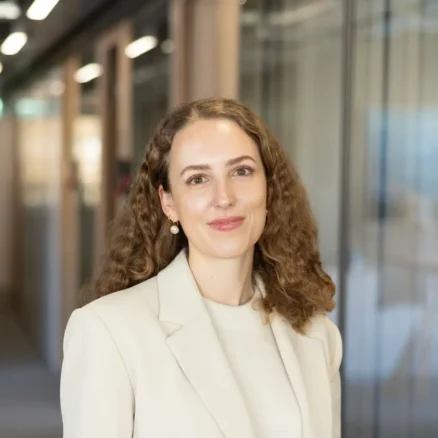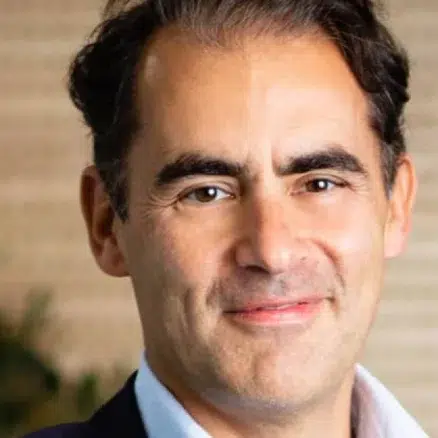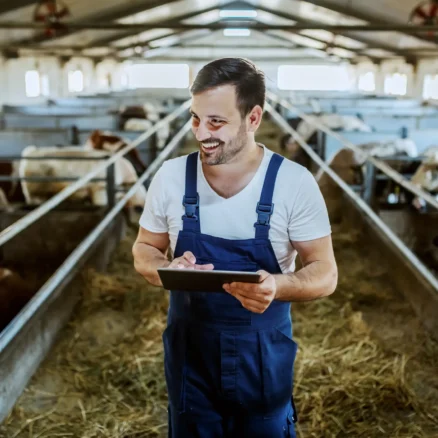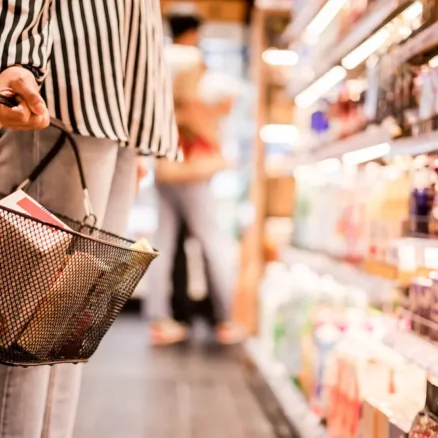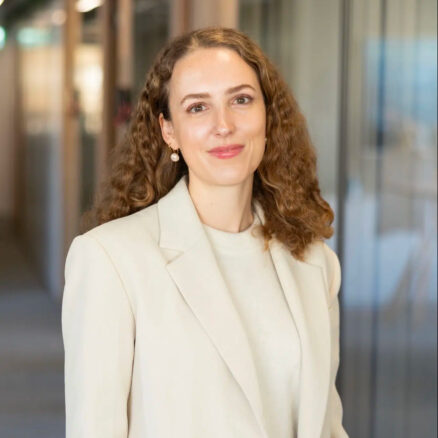
Quantis welcomes Minjon van der Weck as Global Transformation Lead
We’re pleased to welcome Minjon van der Weck as our Global Transformation Lead.
Quantis welcomes Sophie Herrmann as Managing Director for Germany
We’re pleased to welcome Sophie Herrmann as the new Managing Director of Quantis Germany
Quantis strengthens climate expertise with six SBTi Certified Experts
Hosted by the SBTi Academy, the certification process is rigorous and assessment-based, designed to recognize practitioners who can navigate the full target-setting…
SBTi releases the first Standard for the finance industry
The Science Based Targets initiative has launched the Net-Zero Standard for financial institutions.
EcoBeautyScore: A new scoring system offering insights into beauty products’ environmental impact
EcoBeautyScore is now live for major cosmetics brands across Europe.
Quantis welcomes Natalie Benz as Global Finance Lead to accelerate the transformation of the financial sector
Based in Switzerland, Natalie brings deep expertise in sustainable finance, built on more than a decade of experience in asset management and investment consulting.World Cocoa Foundation publishes first ever greenhouse gas accounting standard for the cocoa sector
Developed in collaboration with Quantis, the methodology provides the industry with a sector-wide approach to measuring, reporting and mitigating GHG emissions.Quantis welcomes Patrick Dupoux as new chair
We’re thrilled to have Patrick on board as we support our clients to accelerate science-based sustainable business transformation.CO2 AI & Quantis release best-in-class product environmental footprinting solution for agri-food industry
By integrating the World Food LCA Database, that has been developed & enriched by Quantis over the years, within the CO2 AI software, the partnership combines the…Quantis supports FPE guidance for life cycle assessment of flexible packaging
A guidance to support the environmental assessment of flexible packaging solutions from a life cycle thinking perspective has just been provided by the European flexible…New global standard for emission avoidance: 9 financial leaders choose Quantis to build the database
Quantis is thrilled to support the creation of a global standard for evaluating avoided emissions, a pivotal initiative tailored for the financial sector in the…Setting environmental footprint standards for the global healthcare sector
Quantis is grateful to support the decarbonization of the global healthcare sector through our work with the Sustainable Markets Initiative Health Systems Task Force,…
